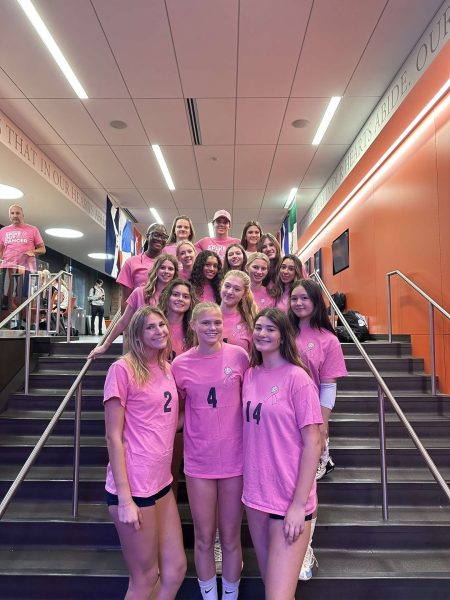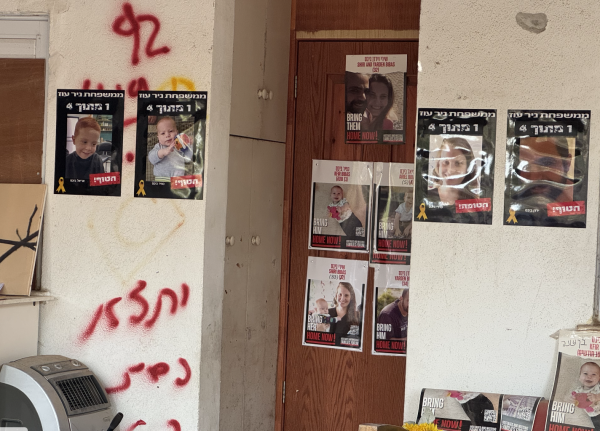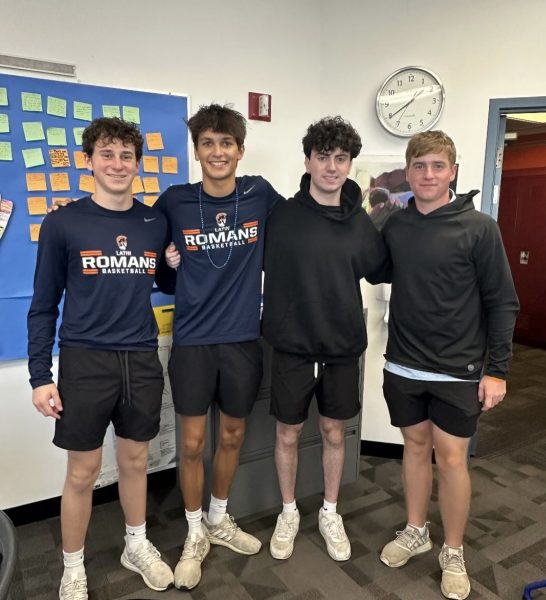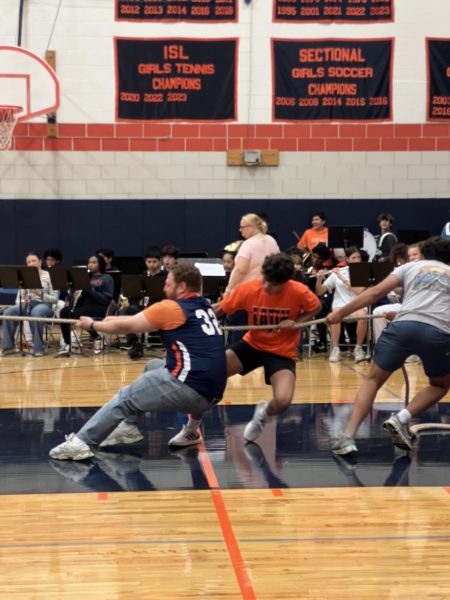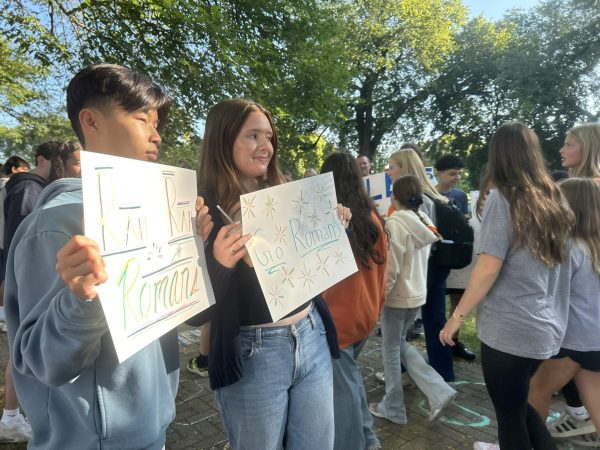Understanding the New Climate Assessment

March 1, 2020
This year, for the first time, Latin students took a climate assessment for inclusivity.
Prior to taking the survey, Dr. Derrick Gay, a diversity consultant, came to speak to the Latin community about the objectives of this new assessment. “13 years ago, we did something similar, NAIS Assessment of Inclusivity and Multiculturalism (AIM)… [but] this climate assessment is very different from the previous one,” Director of Diversity, Equity, and Inclusion Ms. Maajid. At first glance, many students were apprehensive of this new evaluation. Sophomore Jane Baer said, “I didn’t really think twice about the significance of these surveys or how their results could impact me.” Not only was the meaning of the survey perhaps unclear to the student body, but the content of the assessment intimidated students by its personal questions, as well as overwhelmed them by its length. Baer added, “I [wouldn’t have known] the importance of each of my answers in regards to how differently mine could be from the student next to me’s.” For these reasons, Dr. Gay’s introduction to the assessment was key for students to understand its true merit: the opportunity to better the community. “After having the time to learn the purpose and abilities the survey has in the community, I took more time while reading the questions,” Baer stated.
According to his website, Dr. Gay says “a climate assessment provides leaders with critical school-specific metrics to inform a data-driven approach to deepen inclusivity in their community.” Based on this, such an extensive and specific survey is essential to effectively understand the basis of inclusion at Latin. Dr. Gay’s website also states that “one of the most frequent mistakes schools make when seeking to enrich community is the failure to distinguish between diversity and inclusion.” It is one thing to have a community comprised of people with racial, ethnic, gender, etc. differences, but it is a whole other matter to ensure that all identities feel included in such a diverse school. “Inclusivity…captures the ways in which individuals and groups perceive an authentic sense of belonging,” Dr. Gay says on his website. The purpose of the climate assessment is to assess how diversity and inclusivity interact within Latin, as well as reveal opportunities to improve the community for all members.
When asked about the utilization of the data, Ms. Maajid said, “in the past, Latin has used the collected data to help guide the work that was done around DEI and in the community at large. It has been used to enhance programming, evaluate policies, etc.” However, different from other surveys of the past, Dr. Gay plans to facilitate focus groups to discuss the results of this new assessment. “The focus groups are part of the larger climate assessment that includes the survey and observations by Dr. Gay over the last three years that he has been working with us,” Ms. Maajid added.
This said, the climate assessment is not just a method to collect data, but a means to start conversation around the school. Based on the outcomes of both the assessment and the focus group discussions, Ms. Maajid said, “we will evaluate our current policies and programming and find ways to enhance them based on the needs of the community.” After all, in order for the assessment to be worthwhile, it is vital that action is taken upon its findings. “Our hope is that we can take an honest look at our community, listen to their concerns and address them the best way that we can,” Ms. Maajid continued.
Although this year was the community’s first encounter with the climate assessment for inclusivity, it is clear that Latin will continue to take strides towards greater inclusion amongst the students and faculty. In fact, Ms. Maajid said, “the goal is to do a climate assessment every 3 years.” The aim is that by the next assessment, levels of inclusion will be higher at Latin. In Ms. Maajid’s words, “this is long overdue!”















































